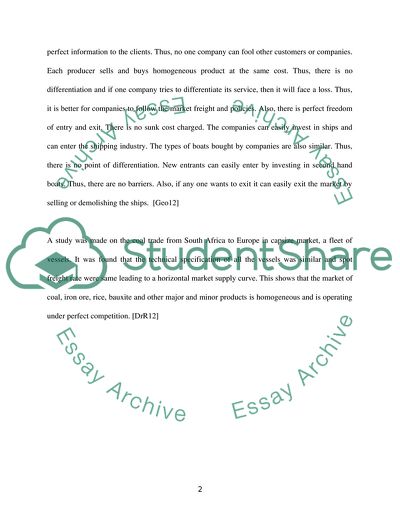Cite this document
(Maritime Economics & Logistics Assignment Example | Topics and Well Written Essays - 2500 words - 2, n.d.)
Maritime Economics & Logistics Assignment Example | Topics and Well Written Essays - 2500 words - 2. Retrieved from https://studentshare.org/macro-microeconomics/1776579-maritime-economics
Maritime Economics & Logistics Assignment Example | Topics and Well Written Essays - 2500 words - 2. Retrieved from https://studentshare.org/macro-microeconomics/1776579-maritime-economics
(Maritime Economics & Logistics Assignment Example | Topics and Well Written Essays - 2500 Words - 2)
Maritime Economics & Logistics Assignment Example | Topics and Well Written Essays - 2500 Words - 2. https://studentshare.org/macro-microeconomics/1776579-maritime-economics.
Maritime Economics & Logistics Assignment Example | Topics and Well Written Essays - 2500 Words - 2. https://studentshare.org/macro-microeconomics/1776579-maritime-economics.
“Maritime Economics & Logistics Assignment Example | Topics and Well Written Essays - 2500 Words - 2”, n.d. https://studentshare.org/macro-microeconomics/1776579-maritime-economics.


